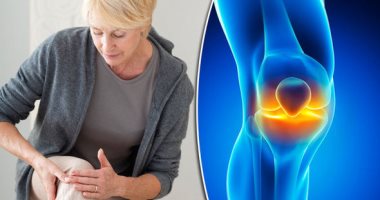Lack of calcium in the bones diminishes their density and strength, which can cause additional problems like poor posture, imbalance, chronic joint pain, and frequent fractures.
What causes osteoporosis not only biological disorders such as hormonal imbalance, family history and lack of nutrition, but also a very important lifestyle factor, in other words, the person who chooses to live an unstable lifestyle must suffer from a lack of bone health over time.
How accurately does osteoporosis result from laziness?
A person who works all day may not be able to exercise, eat a healthy diet, or add a good night’s sleep to his daily routine, making it easier for him to develop osteoporosis, according to the “Healthsite” website. Laziness can also refer to a lack of motivation to engage in physical activity or avoid it.
How much can lethargy contribute to poor bone health?
To better comprehend this, follow these 3 steps:
long periods of sitting
Long sitting hours lead to the ineffective use of the musculoskeletal system; The normal person sits for 8-9 hours at work and two hours while traveling to work, by adding two other hours of sitting at home, a total of up to 12 13 hours of sitting on average every day, doing this over the years leads to pressure Wearing heels all day at work weakens the hip and back joints, which also has an impact on bone density.
Weak bones and joints result from lack of strength and training:
Over the course of their lifetimes, inactive people lose 20–40% of their muscular mass. The ageing process is impacted by an unhealthy lifestyle, and the lost muscles and joints.
Multiple mild mishaps result in joint damage:
Accidents and minor falls become more frequent after the bones and joints start to deteriorate.
Repeated exposure to injury weakens bones, which causes more problems. In these situations, basic comfort is insufficient, and an urgent medical intervention is needed to restore the bone’s strength and its lost density.
The bones of the spine and hip are the most commonly impacted, thus one may simply begin taking preventative steps at home by solely exercising and strengthening their bones and muscles; keeping the body warm and active; Eat the right foods, such as calcium and vitamin D-rich ones, and speak with a specialist for early diagnosis and effective treatment of osteoporosis.
… osteoporosis Is there a relationship between laziness and weak bones?

